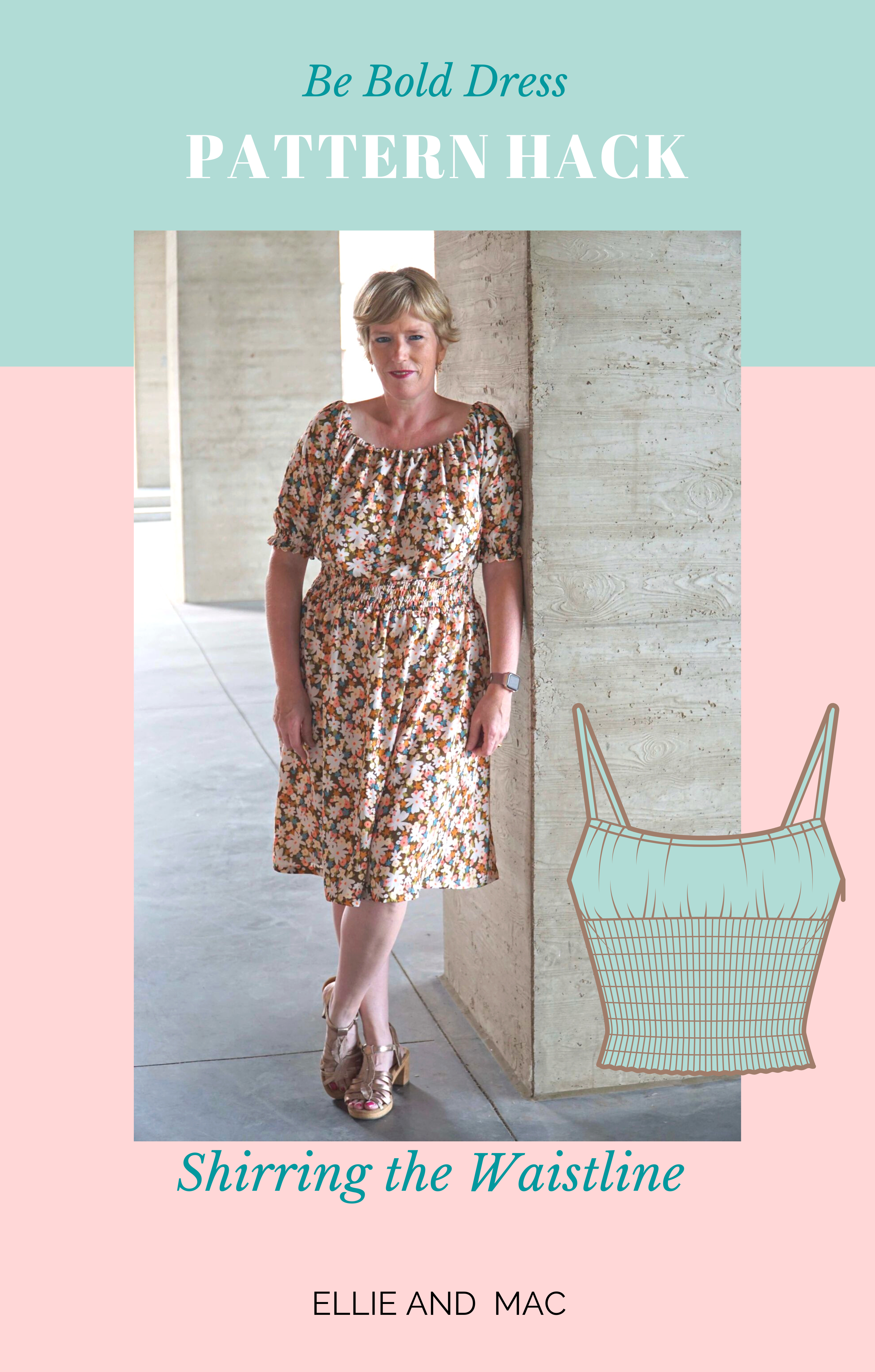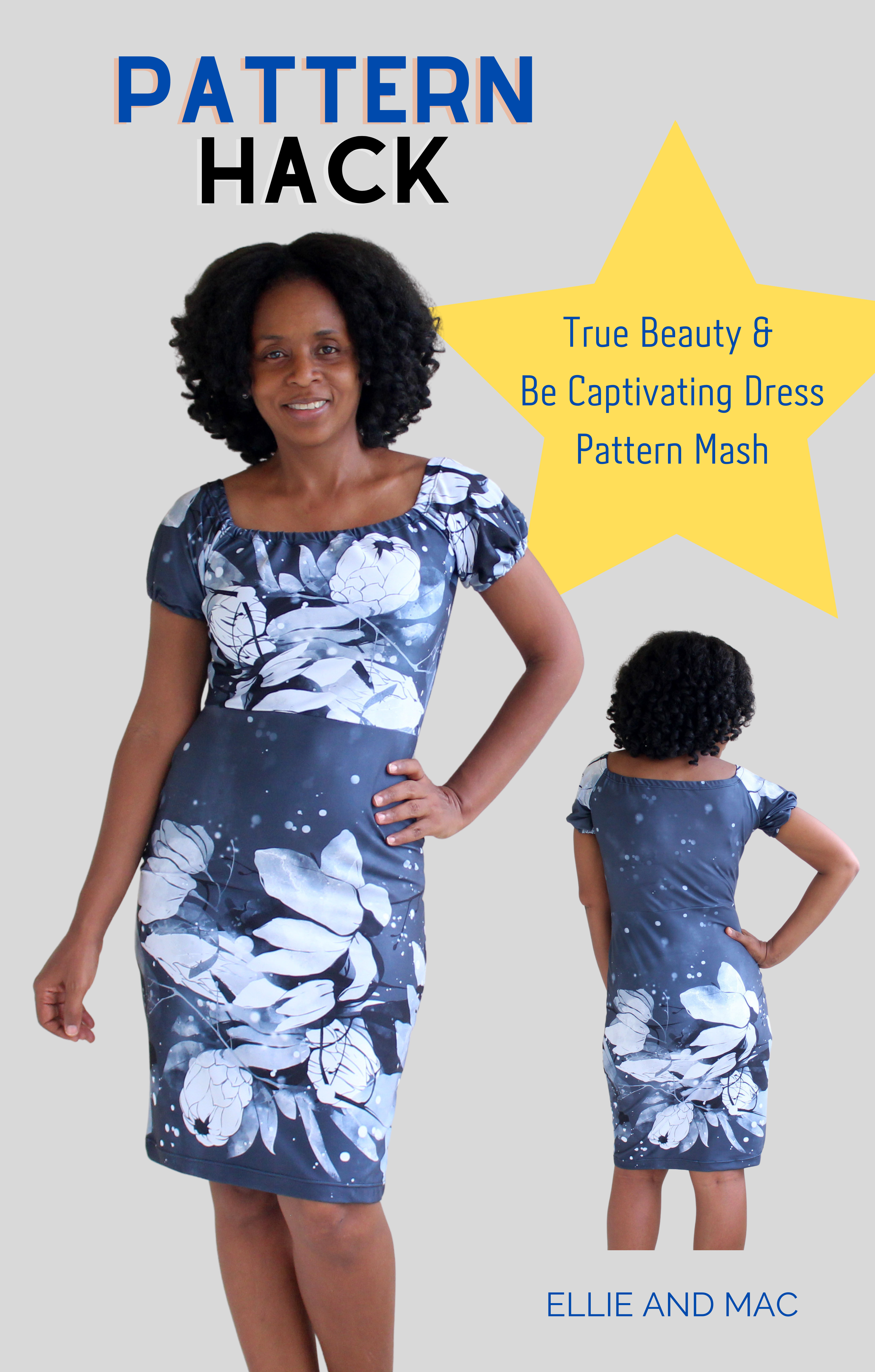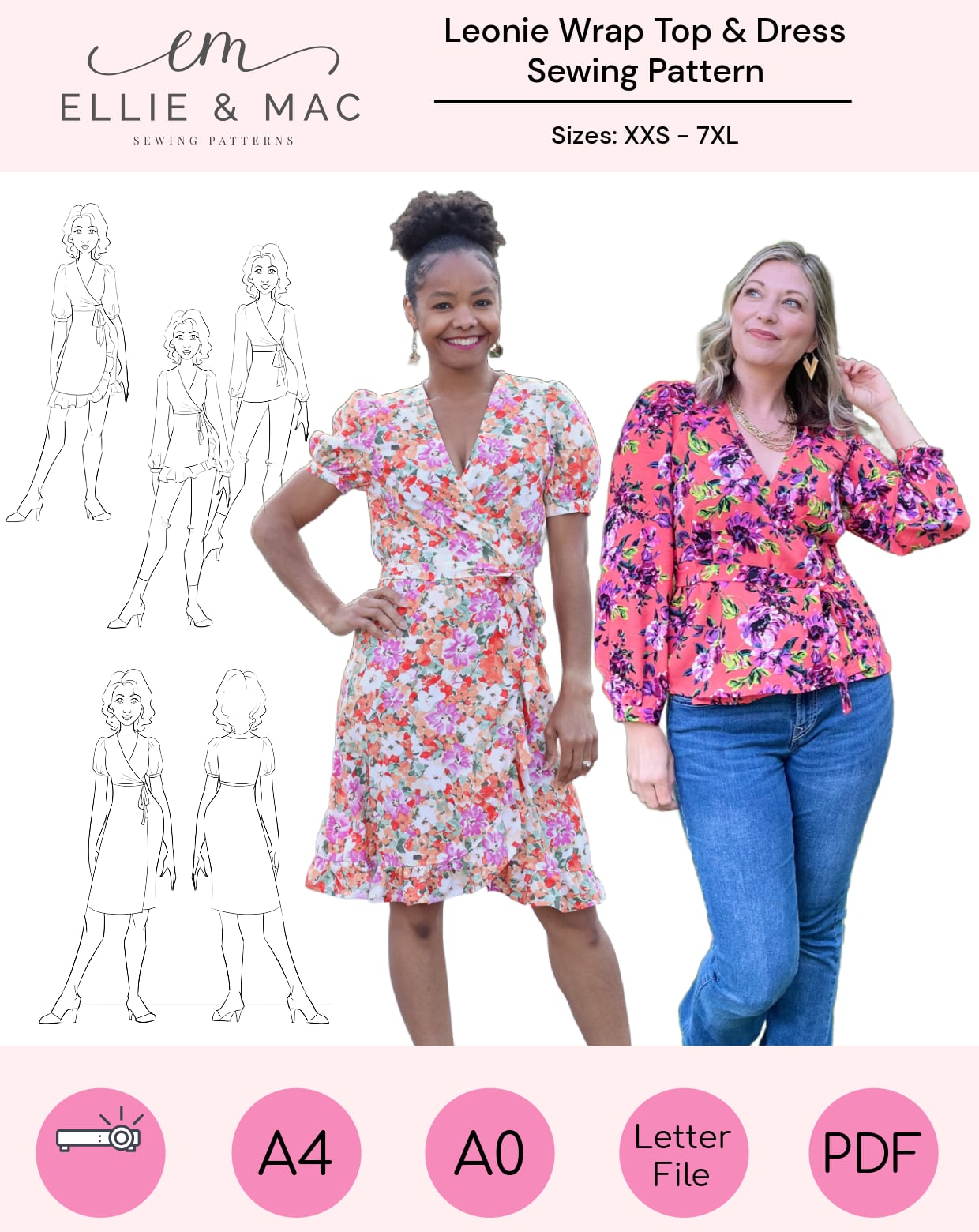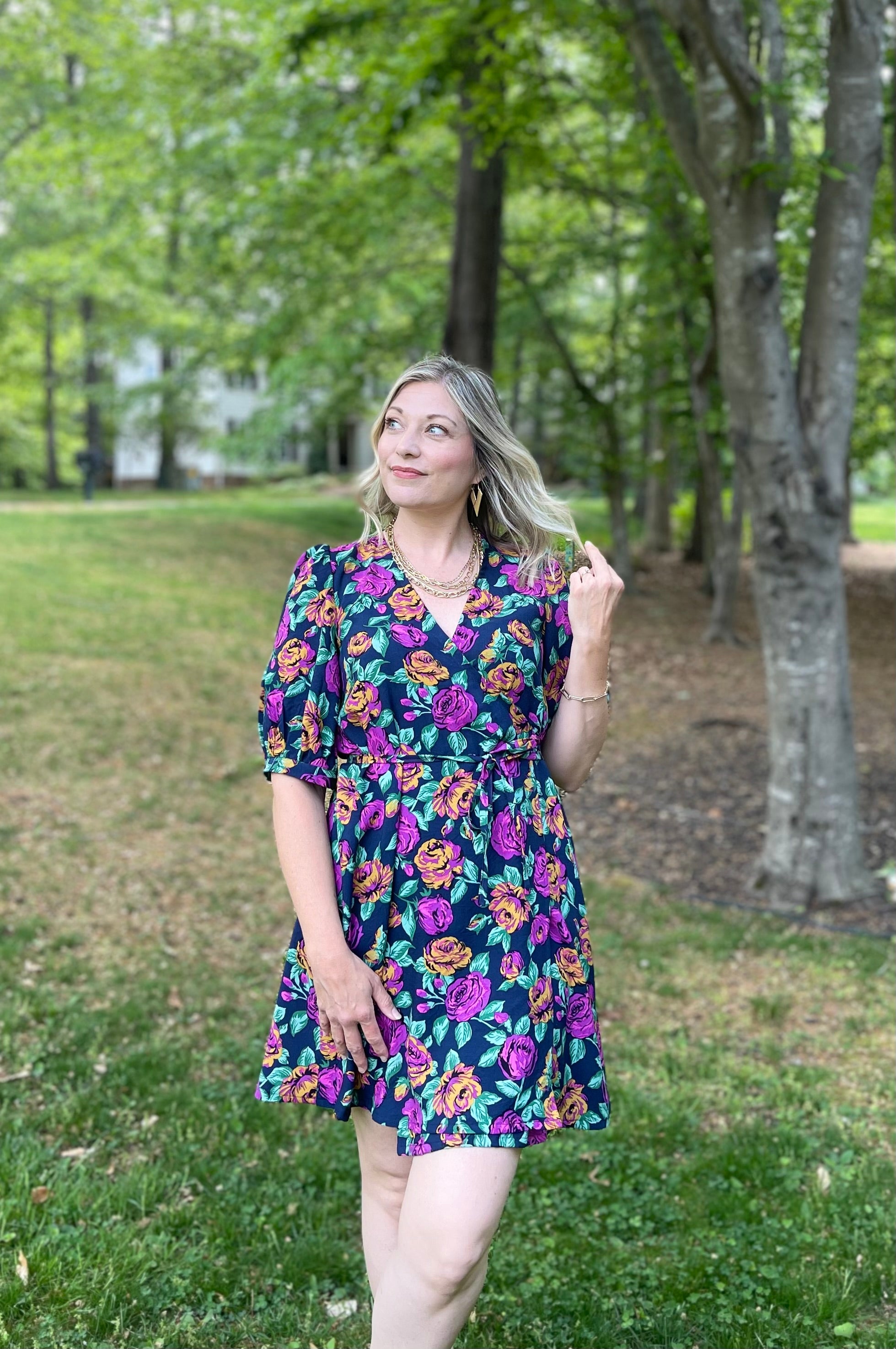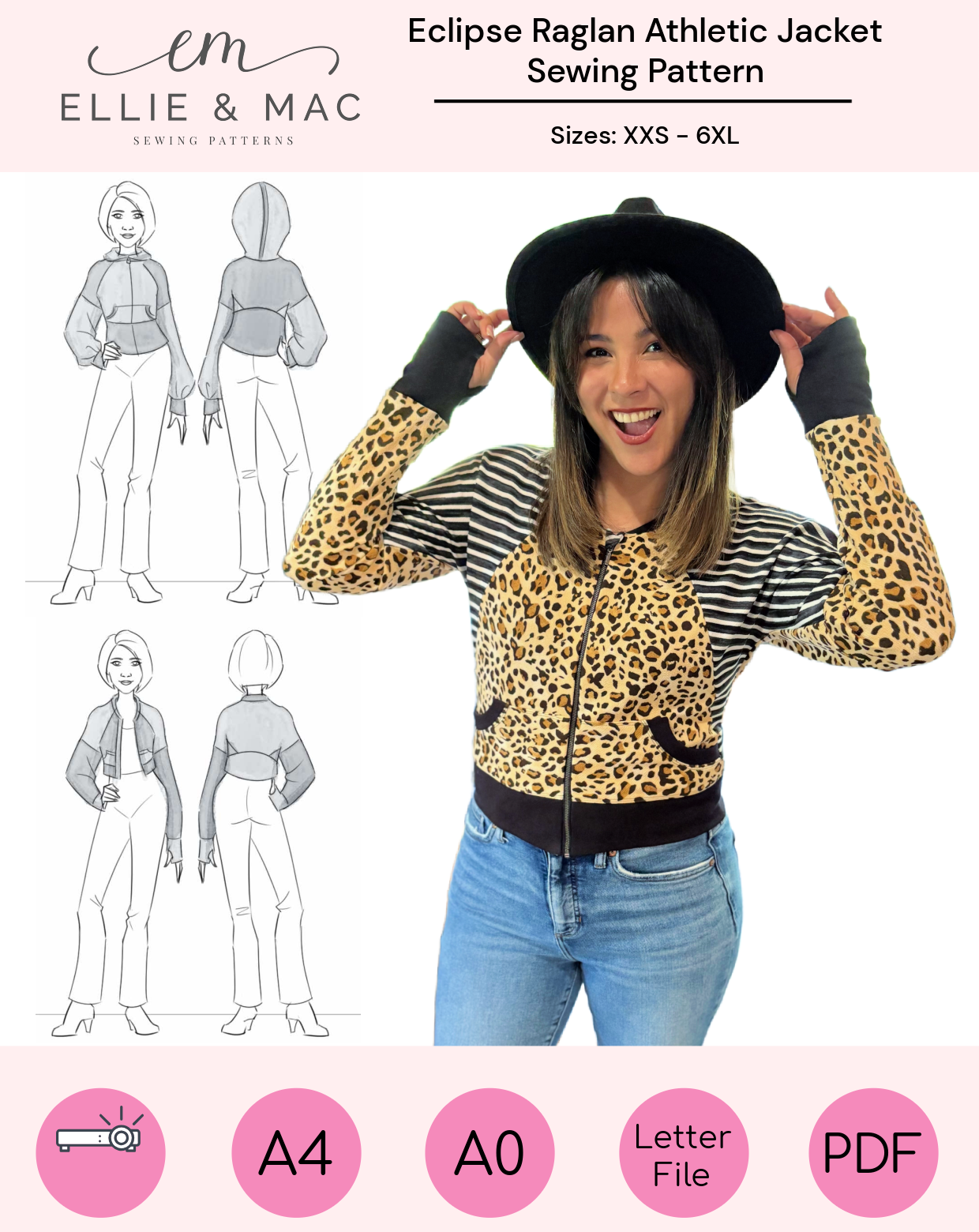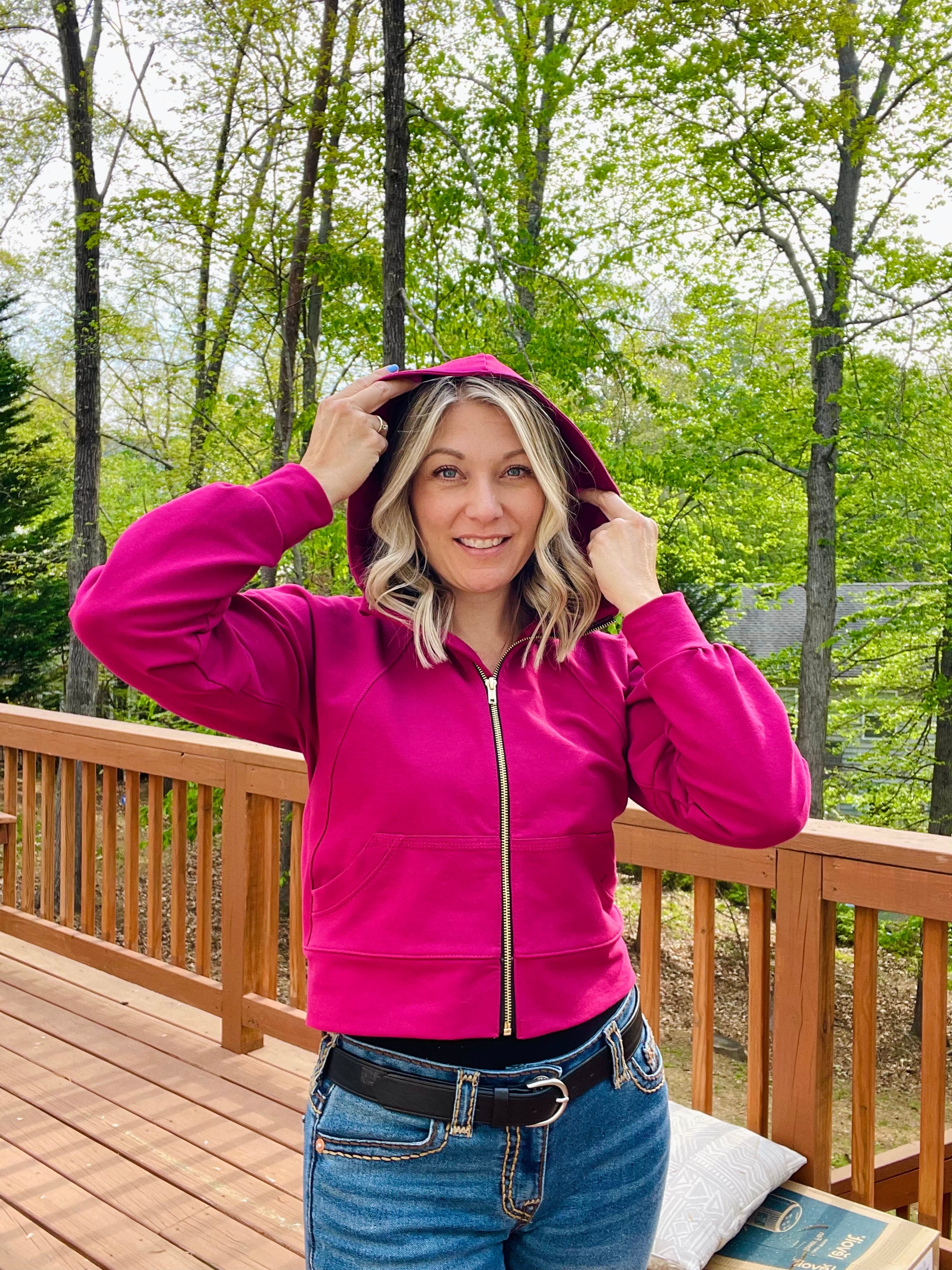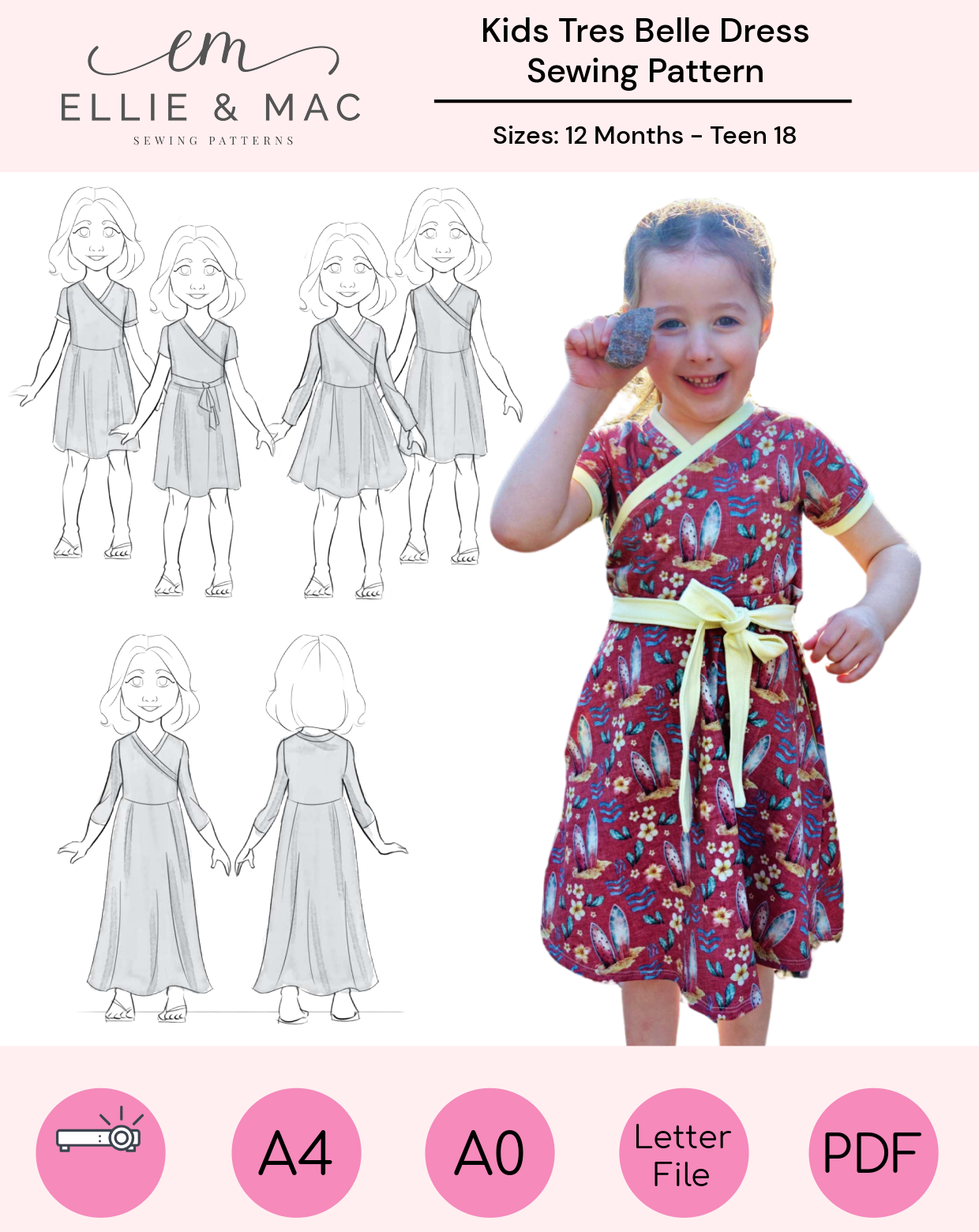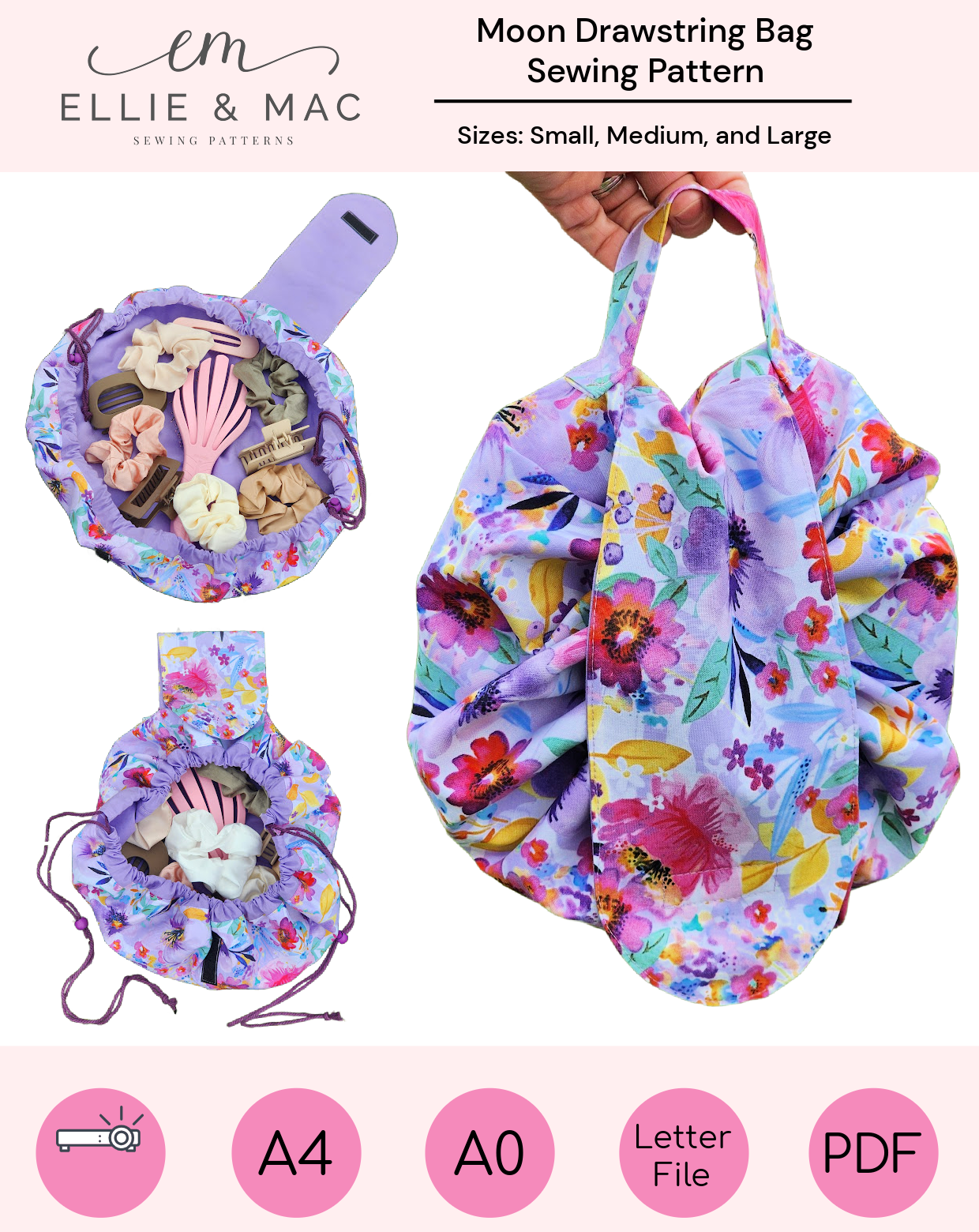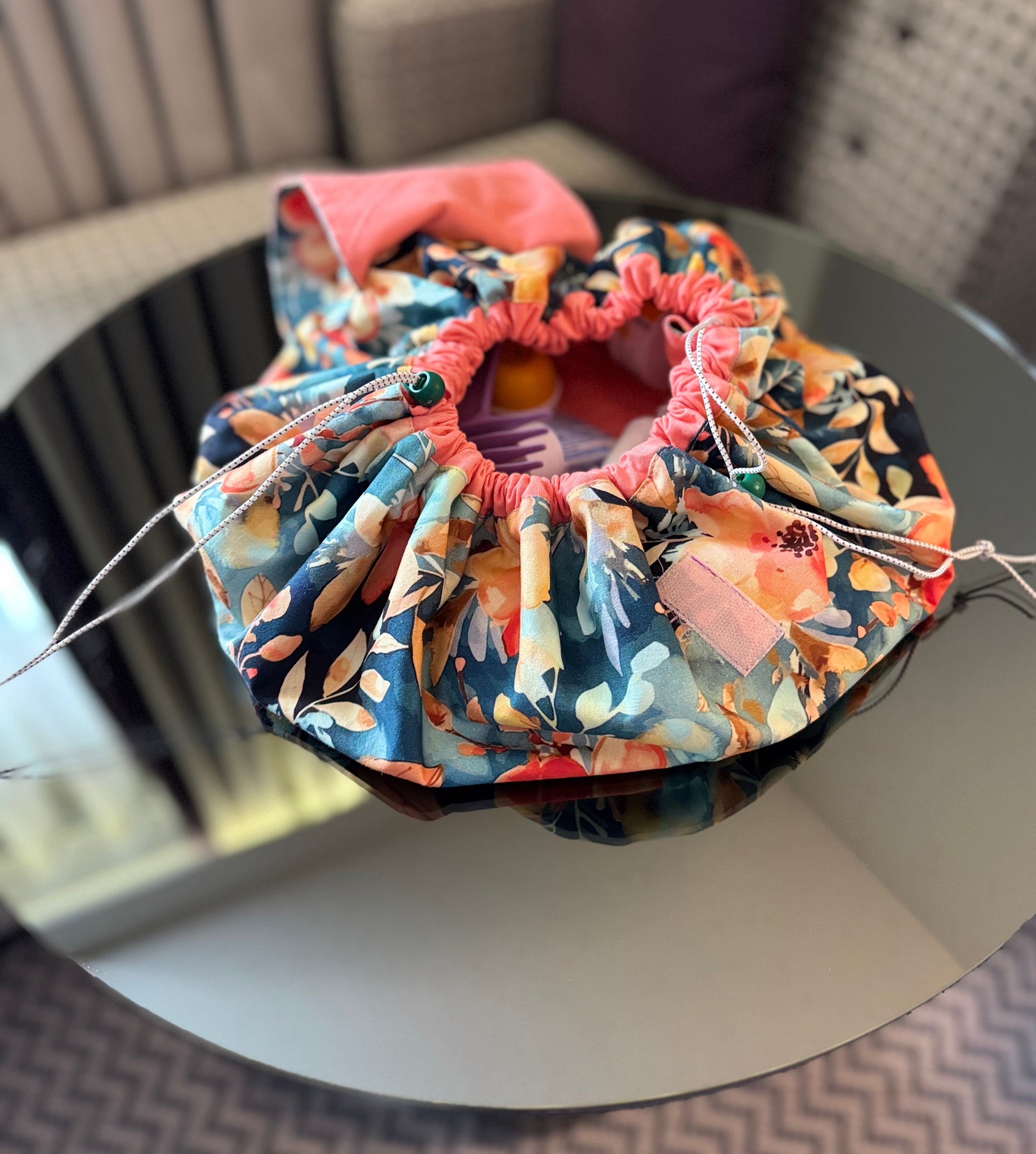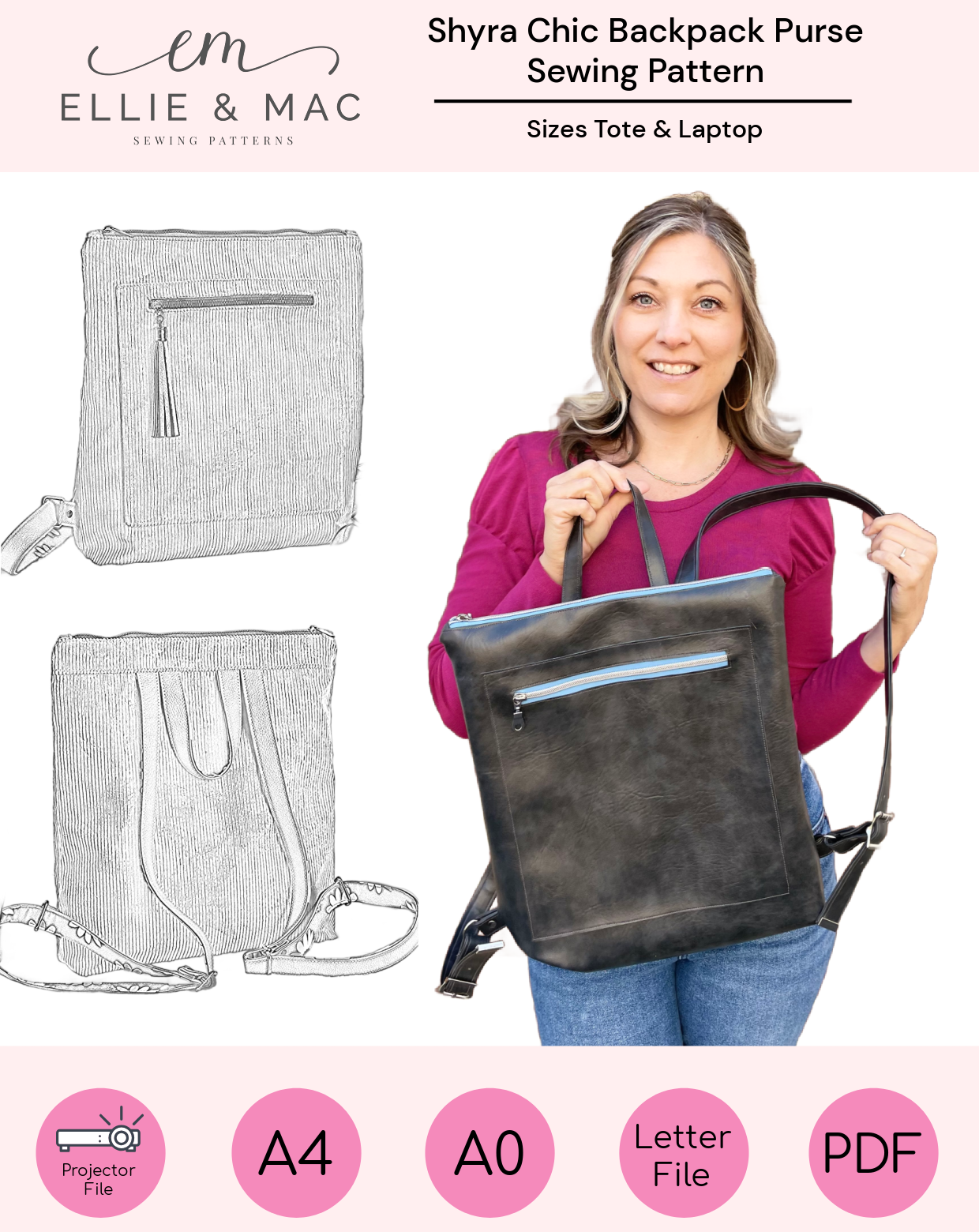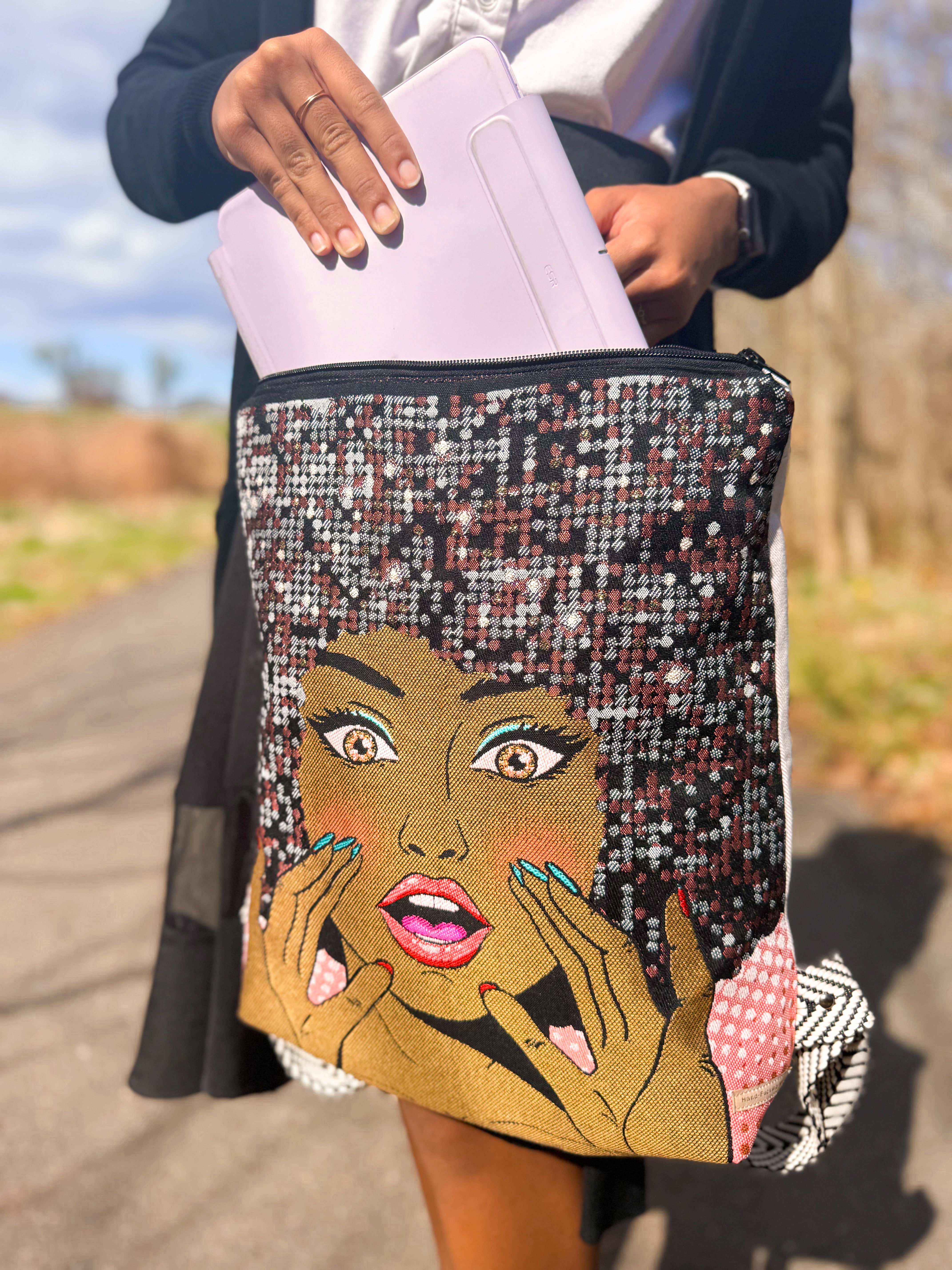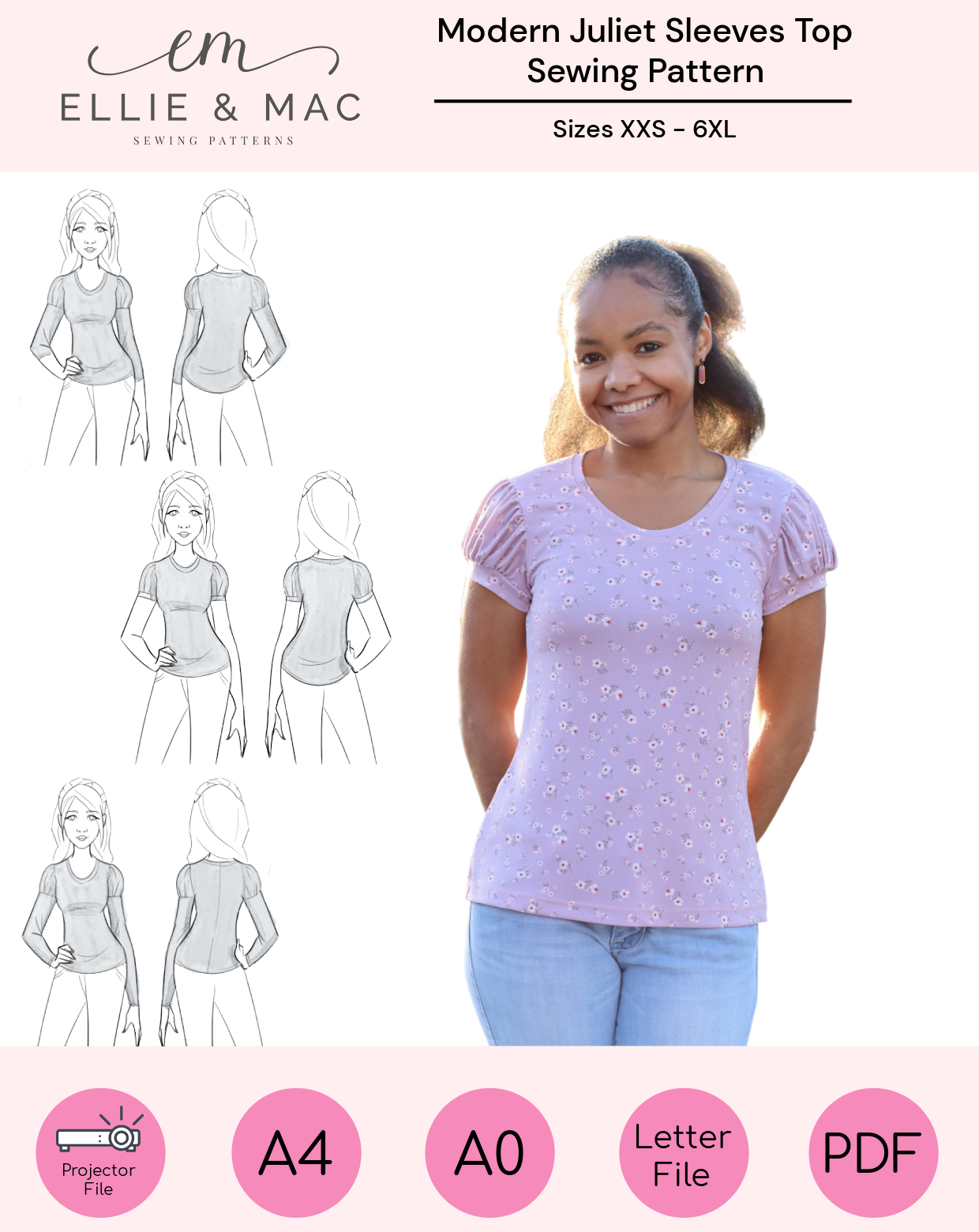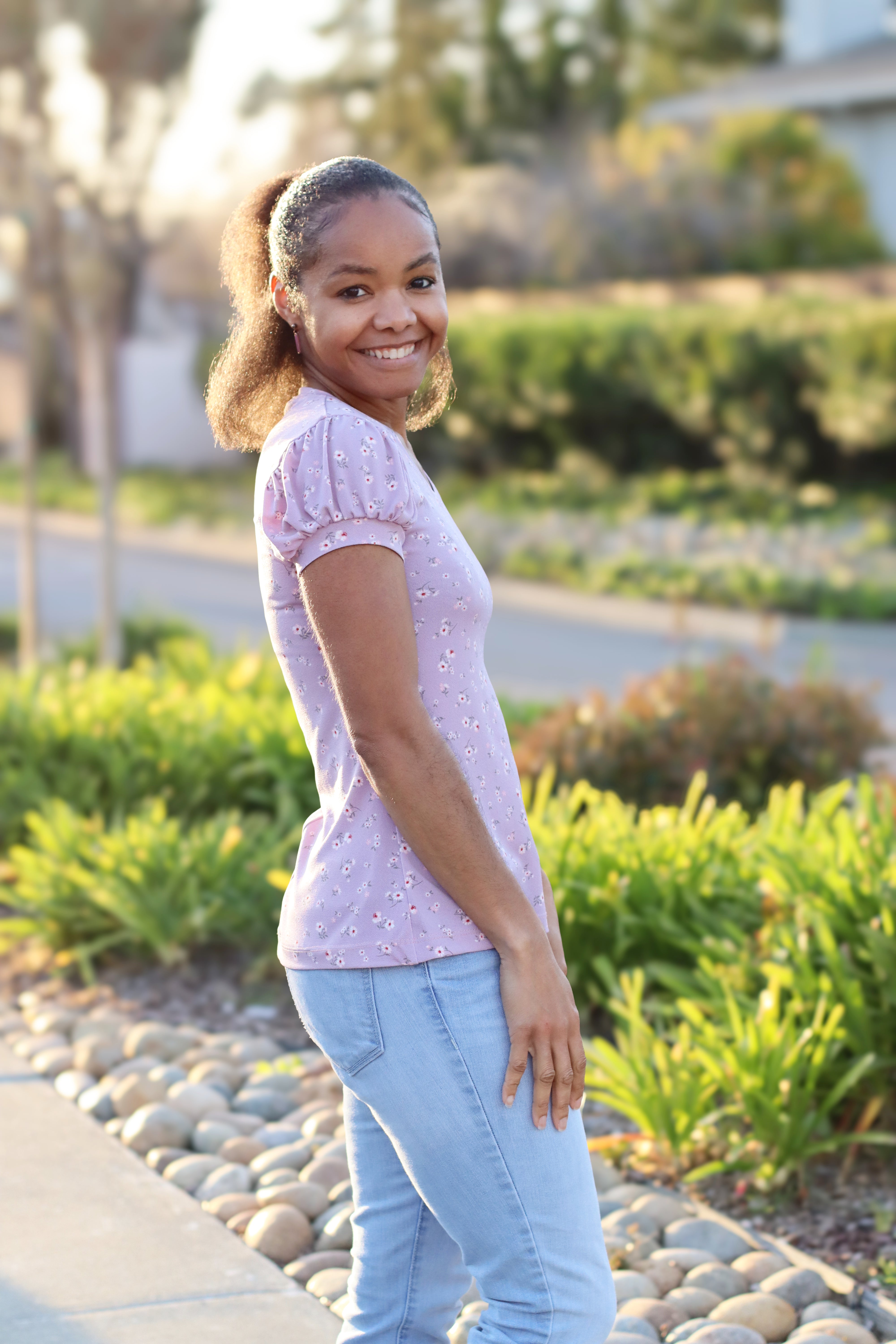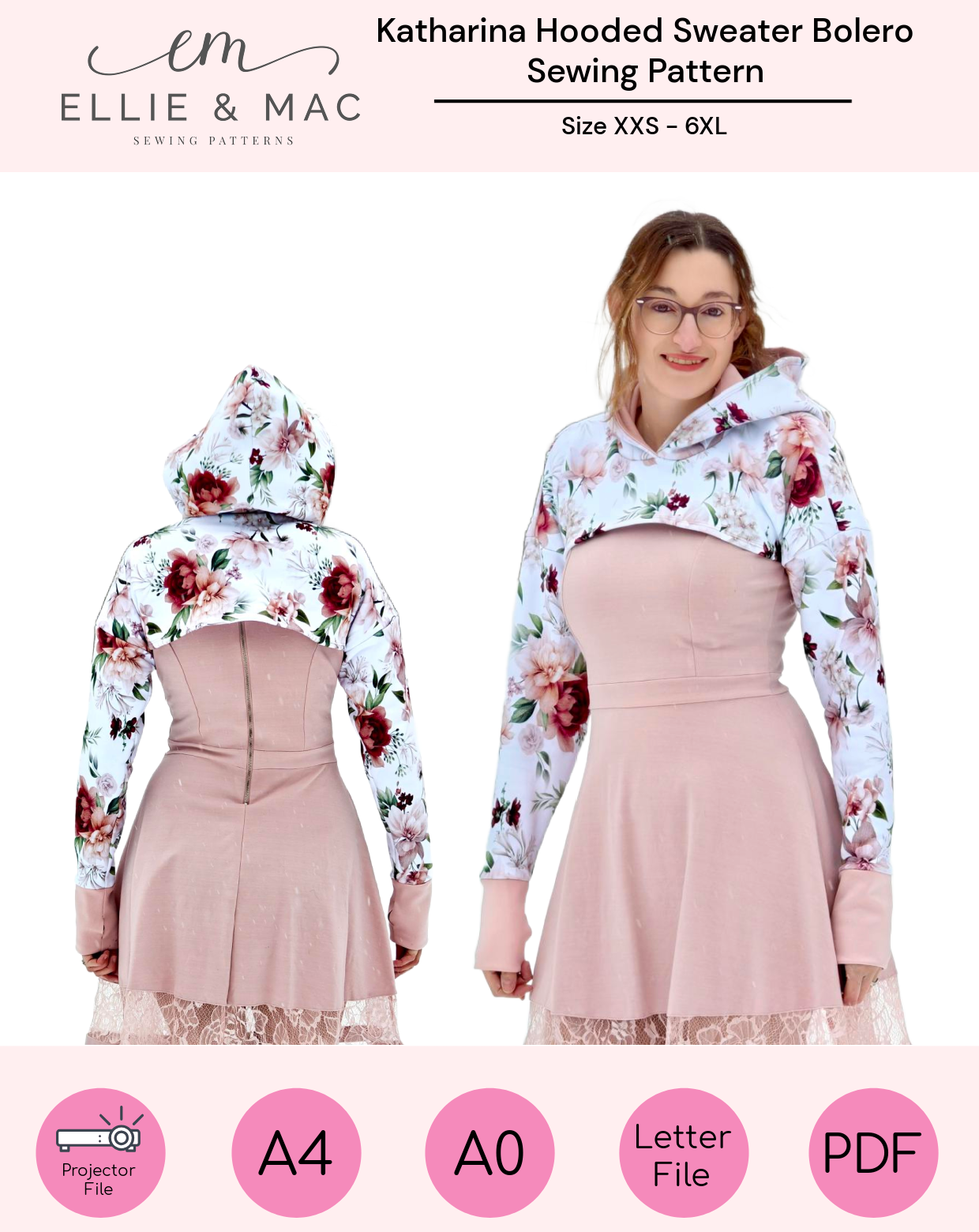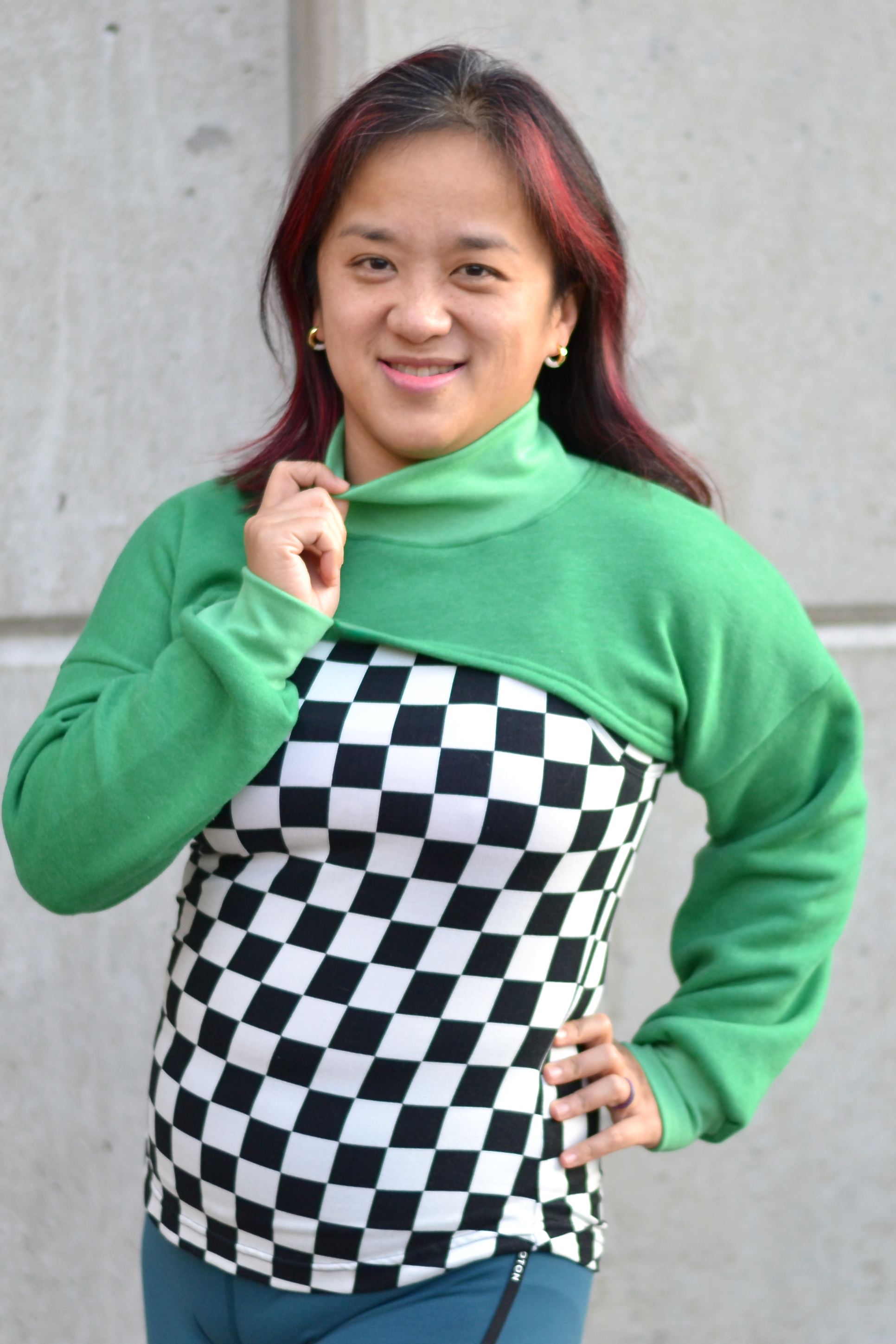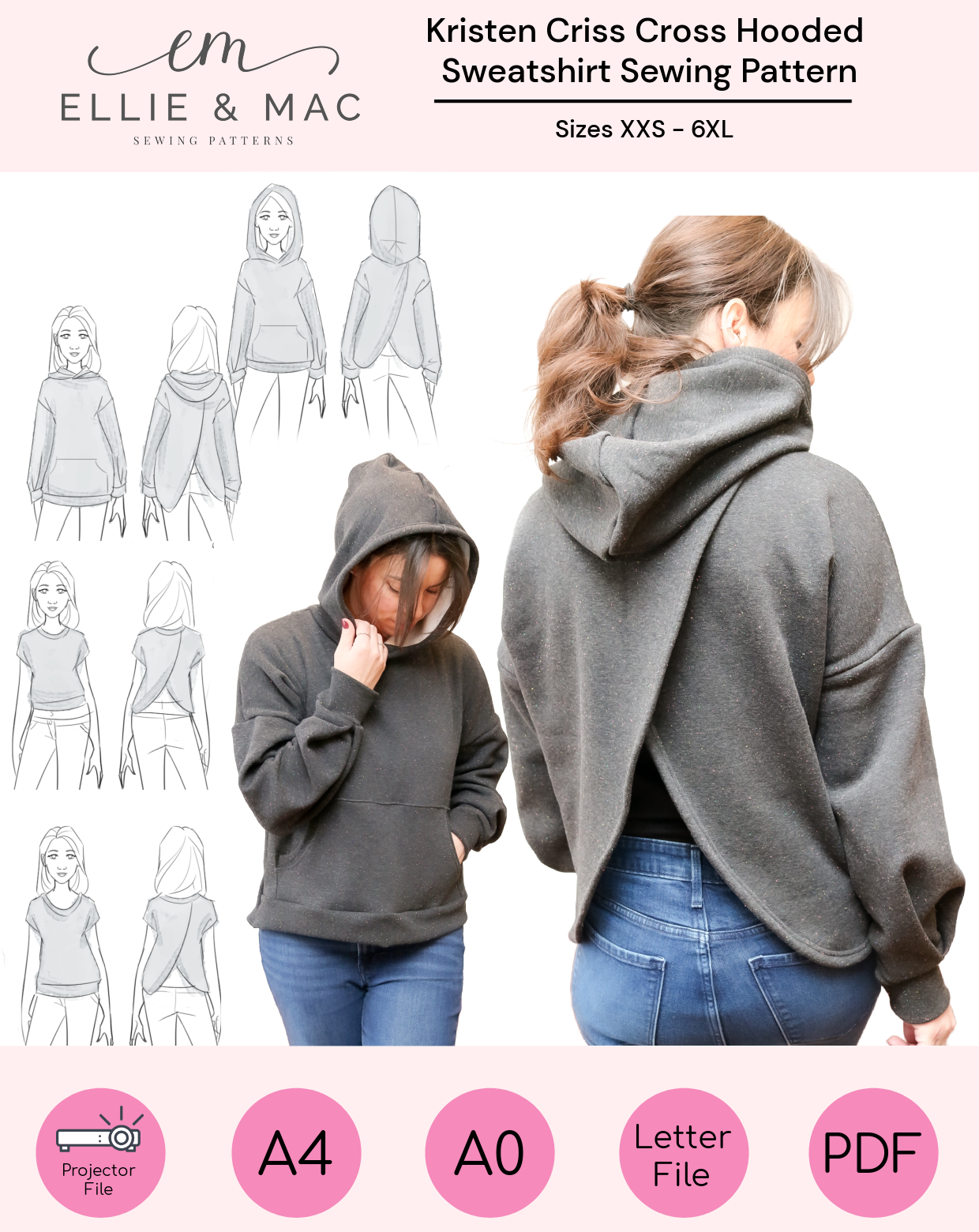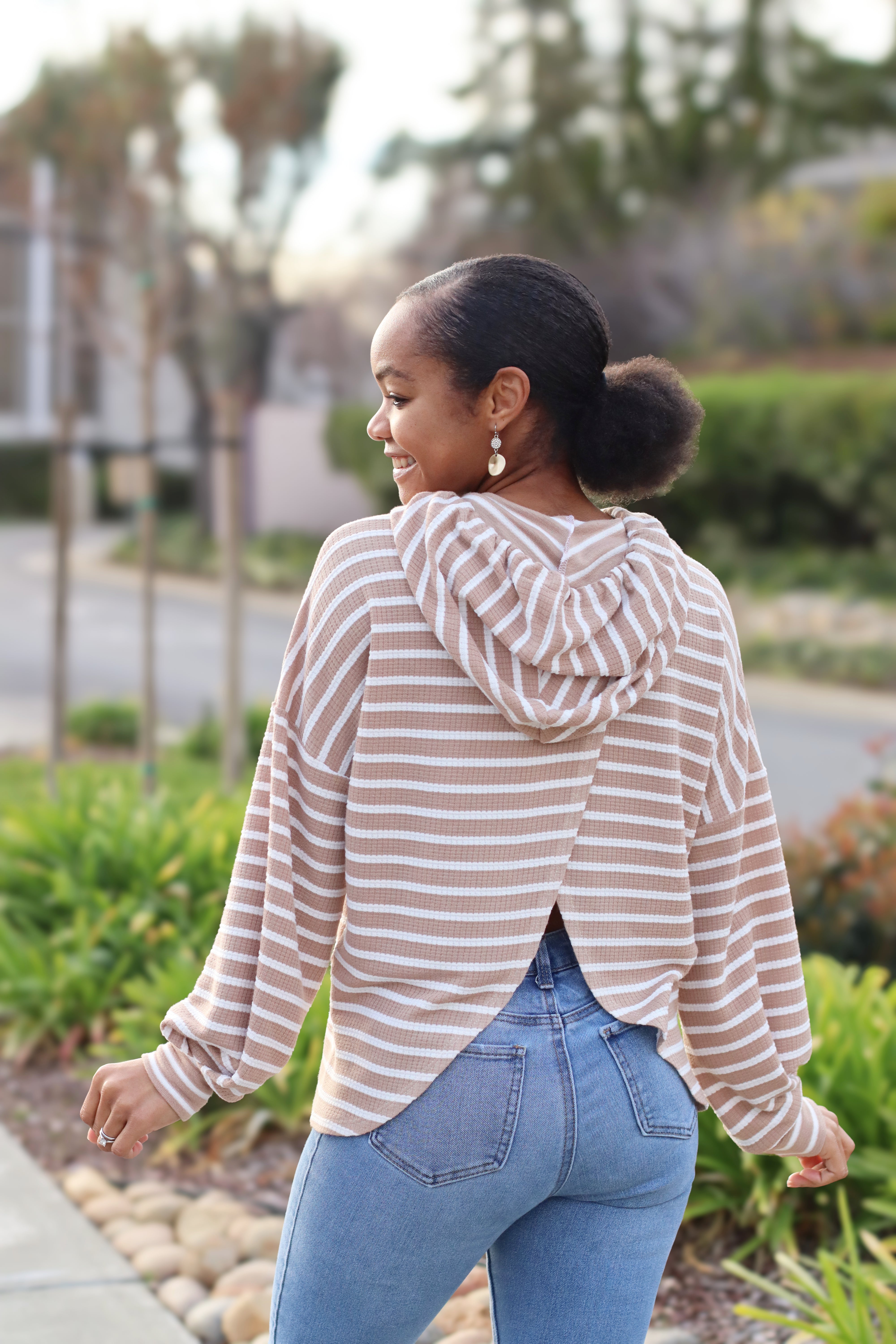
Hi sewing friends!
I’ve been going through a bit of a woven phase lately, largely driven by all the gorgeous woven fabrics I’ve been seeing around – lovely linens, flowy gauze, delicious poplins…I’ve definitely added some beautiful finds to my fabric stash. I decided a few months ago that I wanted to sew up a woven dolman top so I started to search around for patterns. And then I thought – hey, I bet I can hack everyone’s most favorite tee pattern (the Everyday Tee of course) to transform it into the woven dolman I was seeking!

Now, the Everyday Tee is a pattern for knits. It is typically more difficult to modify a knit pattern for wovens because (I guess obviously) wovens don’t stretch and knit patterns tend to have negative ease (meaning the garment is smaller than some of your measurements and needs to stretch to fit). But the Every Tee has more positive ease so final product is larger than your measurements – it’s a looser fit top so much easier to modify for wovens. So with a few small modifications, I now have a pattern I have already used FIVE TIMES this summer and I love the results. Today I’m going to share the steps I took to make my new most favorite top and also take you through the short evolution of my hack. I liked my first version, but I LOVED my second version with one additional modification. Here we go!
First, note that you should use the looser fit version of this pattern, not the fitted one. You will be working with the back bodice piece only. Draw a line horizontally from the edge of where the curved hem begins as below.

Next, cut the pattern at this line, thus shortening it a few inches and creating a straight hem.

Now, we’re going to remove a bit of the flair from the bodice. Draw a line straight down from where the bodice starts to flair straight to the new hem -see the blue line in the image below. You will then trim this piece off, so your bodice is now falling more straight down.

Next, we’re going to remove a little of the boxiness from the sleeves. You probably don’t have to do this but I wanted to do so for my look. Measure and make a mark half-way across the top of the shoulder.

Then draw a curved line to the edge of the arm opening, angling down about one inch.

Next, extend that angled line one additional inch past the original arm hole opening to lengthen the arm area.

Here is an image of all your modifications you just made.

Follow the lines you drew and cut your new pattern. Here is your new pattern piece!

Now – adding a step that I DIDN’T follow but I highly recommend. Before you cut your fabric, do a bicep measurement and compare that to how the width of your arm opening turned out (double the arm opening on the bodice piece to estimate the bicep). Remember this is a woven and you need some ease – I would say at least an extra inch but I prefer more. If your bicep is larger than the opening, widen the arm opening.
Now, importantly, you want to use this same piece for the front AND the back so you don’t have to redo this whole process on the front piece. Draw a second neckline you will use for your front piece and label it. I dropped my front neckline to be one inch lower than the back as I wanted a fairly high neckline. You can do whatever amount of drop you prefer.

When cutting out the front and the back, I cut my back piece as two mirrored pieces with a seam up the back and the front on the fold. You could probably cut the back on the fold but I like the shaping and also conserving fabric which is easier with two back pieces.
I did cuffs for my top so if you want cuffs, measure the length of the new arm hole opening, double this, and add your seam allowances (I did 3/8 inch seam allowances so added in 3/4 inch to this to get the length of my cuffs) and I cut them two inches wide. Cut two pieces.
Here are all your pieces:

Now, assemble your top. I sewed the back pieces together first, then front to back at the shoulders. Next I sewed the side seams, then assembled the cuffs and sewed them on. For the neckline, I did woven bias tape. There are lots of tutorials out there if you google woven bias neckline. You could also do a facing if you wanted to create a facing piece, but that’s a little more involved.
So…I really liked my first version. Here it is! This is a double gauze fabric from Jo-Ann’s.


But remember how I recommended to check your bicep measurement? I had not done this. The top fits fine but I do prefer a slightly looser fit. So I went back to my pattern and added an additional 1.5 inches to the width of the arm opening.

And now I have a pattern that I LOVE! I call this next one my “picnic shirt” because my sister said it looks like picnic table fabric. It’s a cotton woven with a little stretch, really nice to work with.

And on this below version, I did a slightly cropped version, removing maybe three inches. This is a shirting fabric from my stash.

So this modified pattern is now my go to woven tee/dolman. I’ll make this over and over again; different fabrics really change the overall look. You can play with the length, the neckline, the sleeves, and you’ll have a closet full of lovely woven tops.
I hope you enjoyed this hack! I would love to see what you make – please tag me in the Ellie & Mac Facebook group if you post!
Happy Sewing!
(Written by: Andrea Goltzer Mulford)


